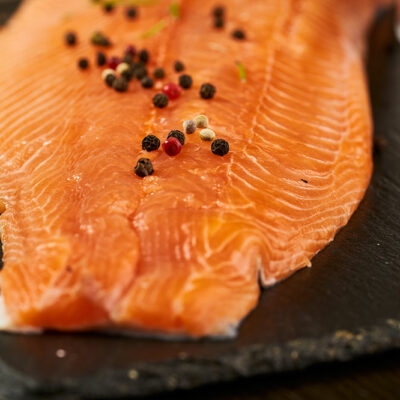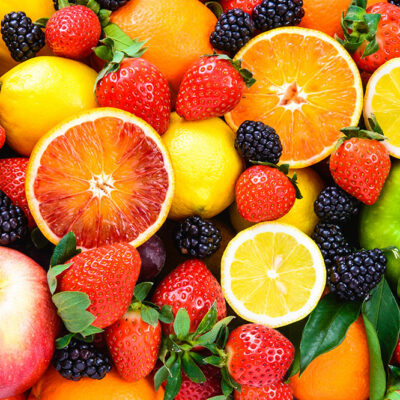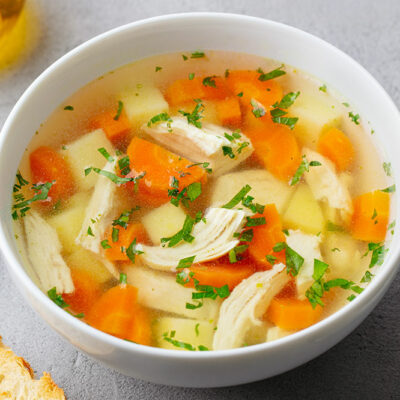
Food
4 Green Smoothies to Combat Arthritis
Arthritis is a condition that causes inflammation in the joints. It usually starts in the foot joints and, if left untreated, can work its way up to the knees. The symptoms include intense pain and friction of the joints, especially at night, and can worsen in cold weather. Thankfully, you can manage arthritis with a few lifestyle changes. Here, we’ll be looking at four green smoothies that help reduce the inflammation in the body. 1. Kiwi-kale smoothie This green smoothie tastes good and helps reduce the inflammation caused due to arthritis pain. In fact, the smoothie is a rich source of carotenoids, which helps combat any illness caused due to inflammation. To prepare this smoothie, you’ll need two cups of kale, two peeled kiwis, one peeled orange, a mango, and six ounces of water. 2. Celery and ginger smoothie We all know that ginger has anti-inflammatory properties. Besides combating arthritis pain, ginger also helps boost immunity and brings out a distinct taste in beverages. On the contrary, celery tastes quite bland; hence, ginger blends perfectly well for the taste buds. Additionally, celery has potent antioxidants that help rid the body of excess uric acid, which otherwise turns into crystals. The ingredients that influence the taste and nutrition value include apple, pineapple, and lime zest.
Read More 















